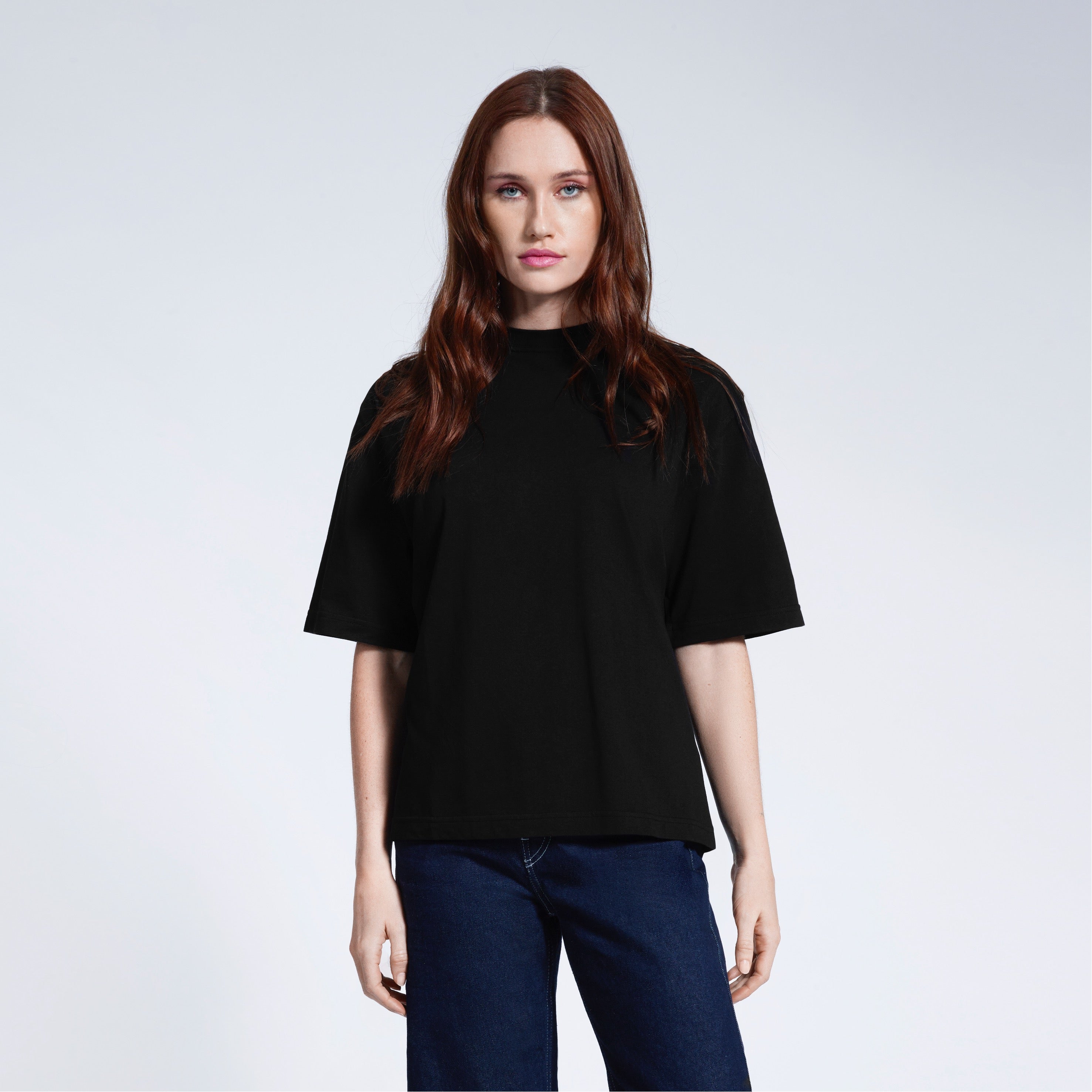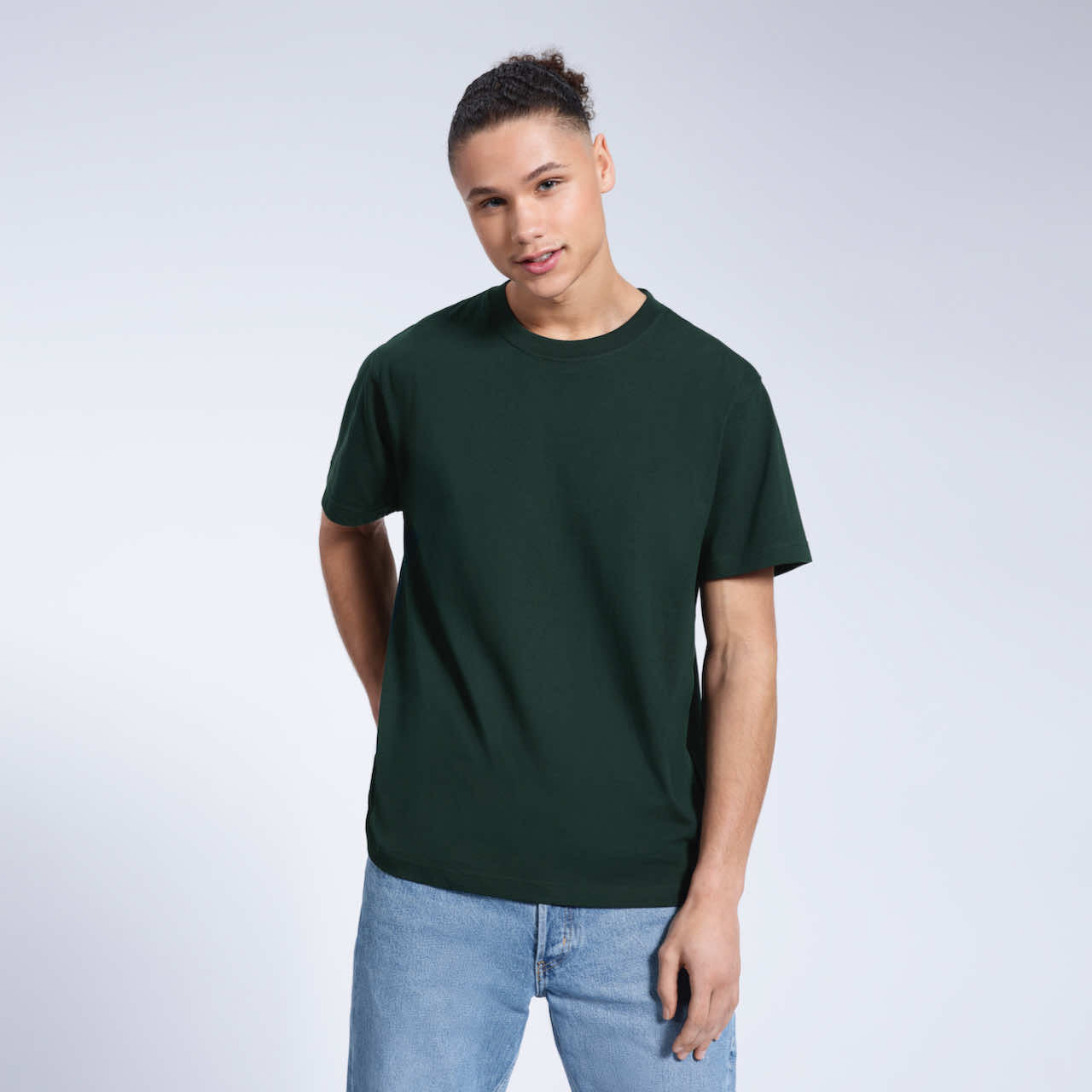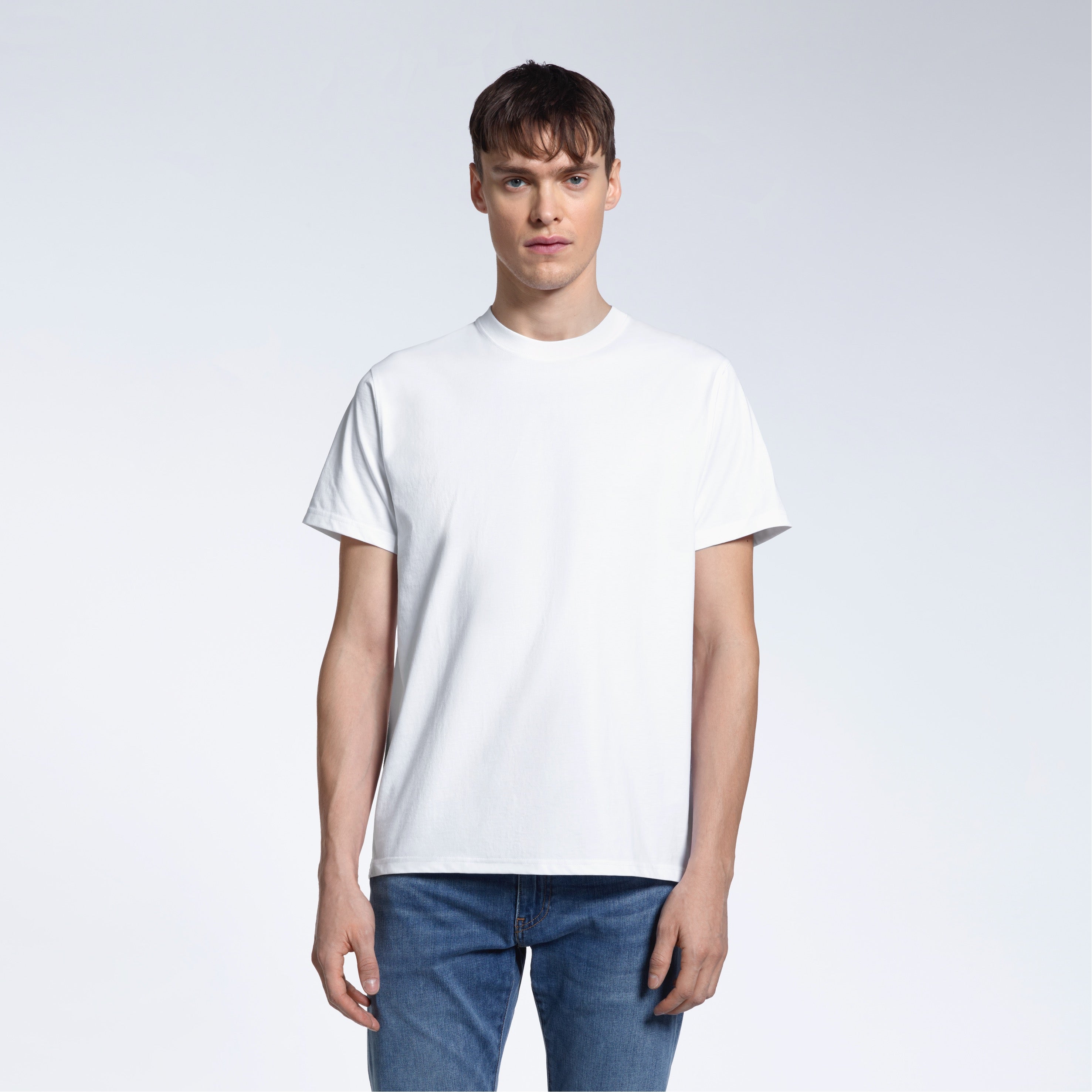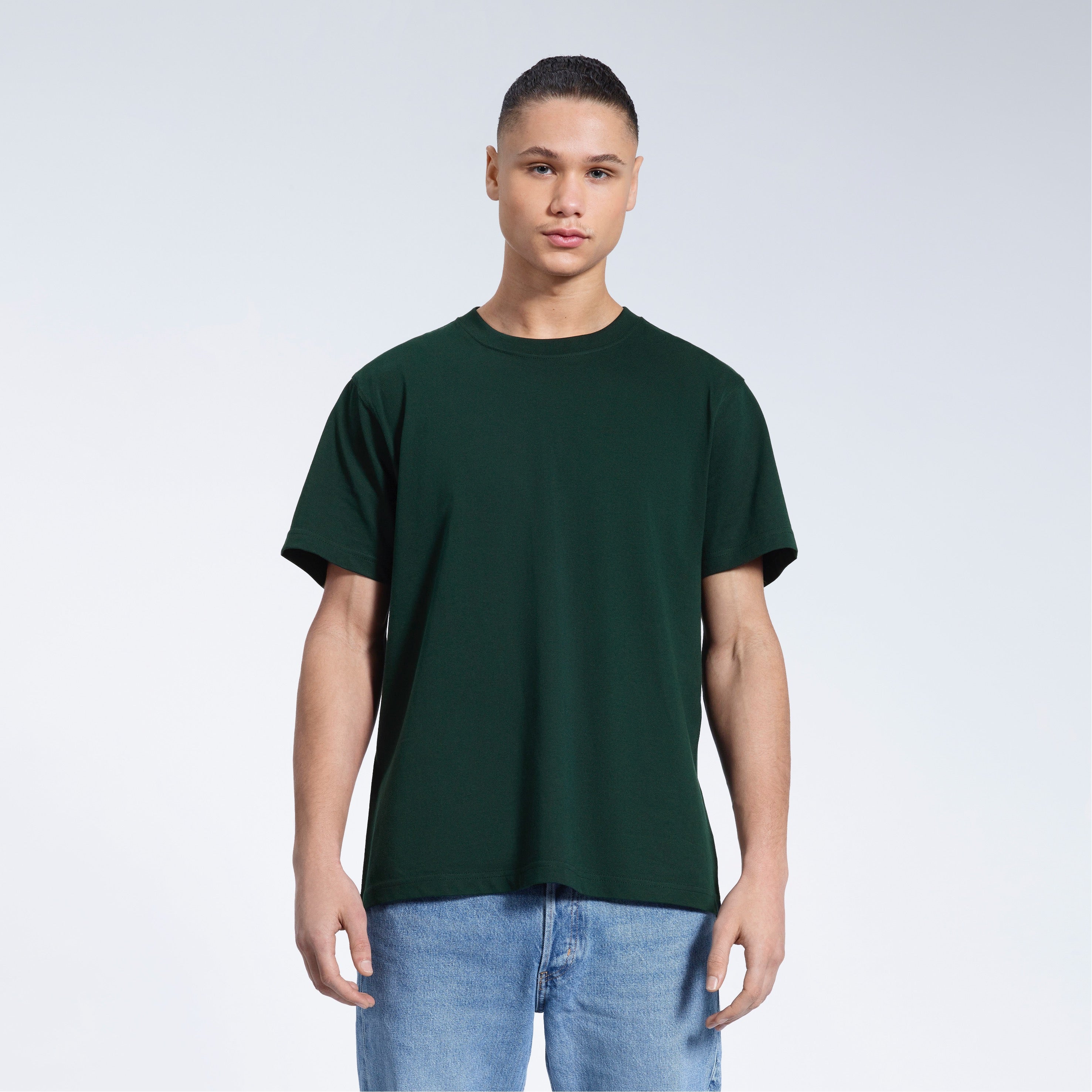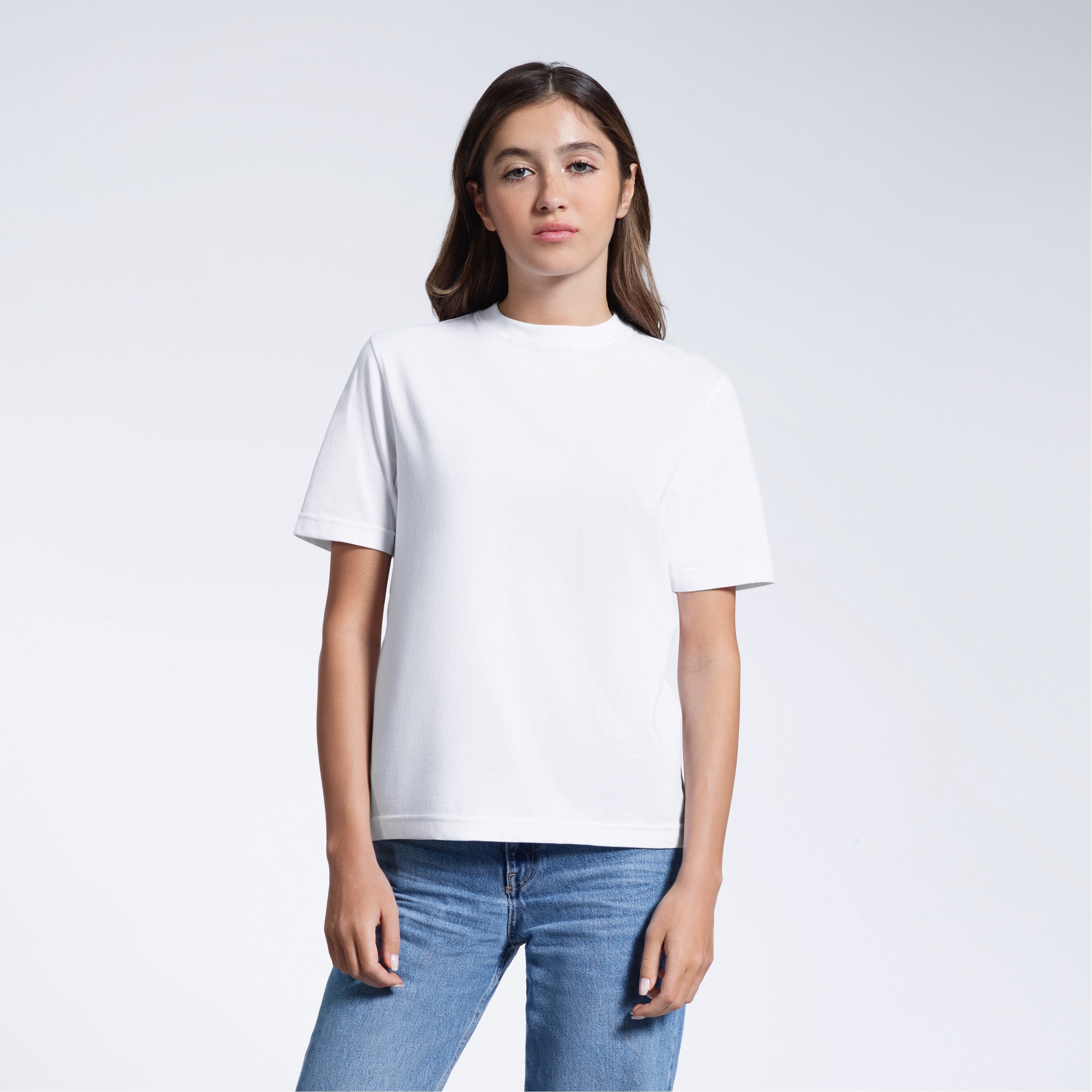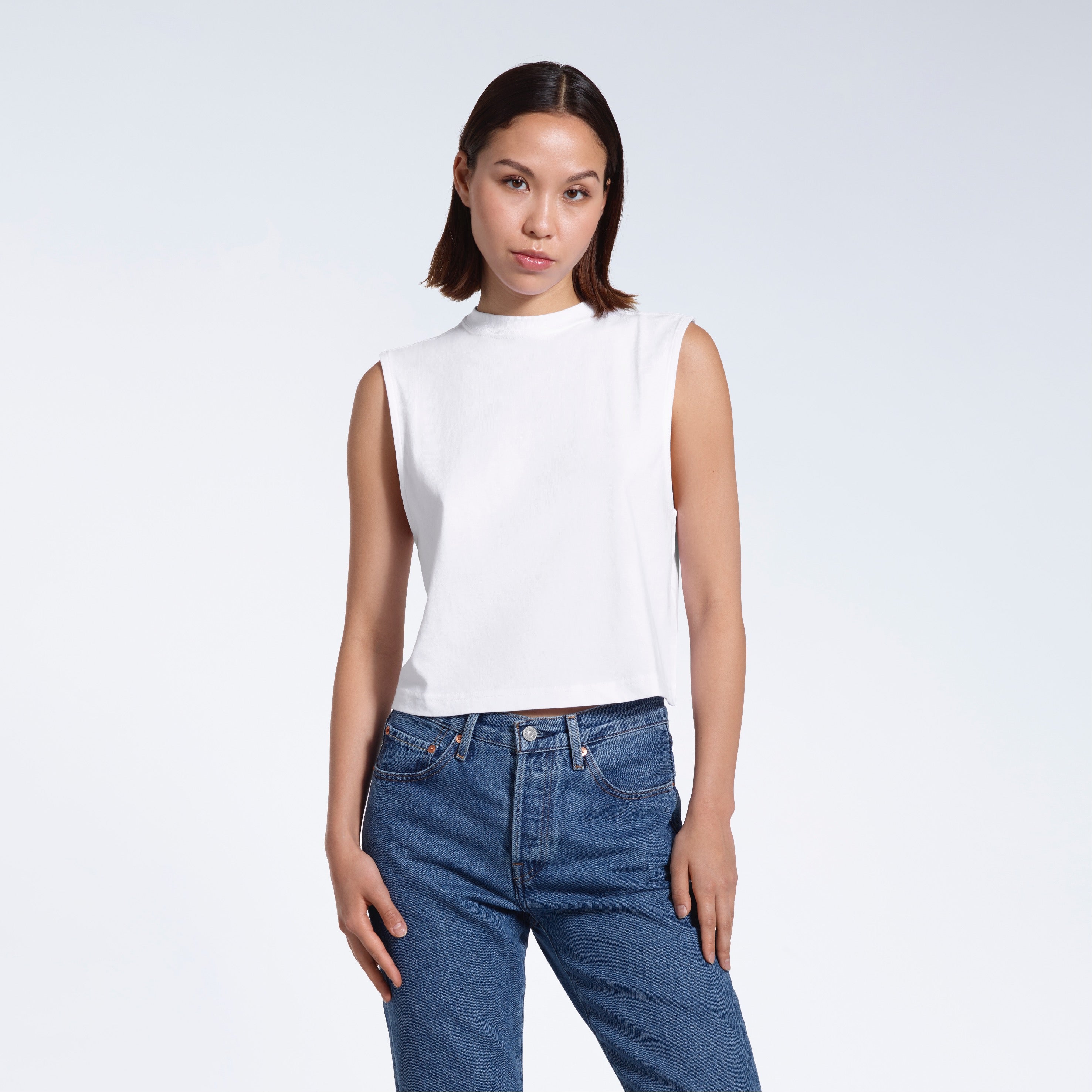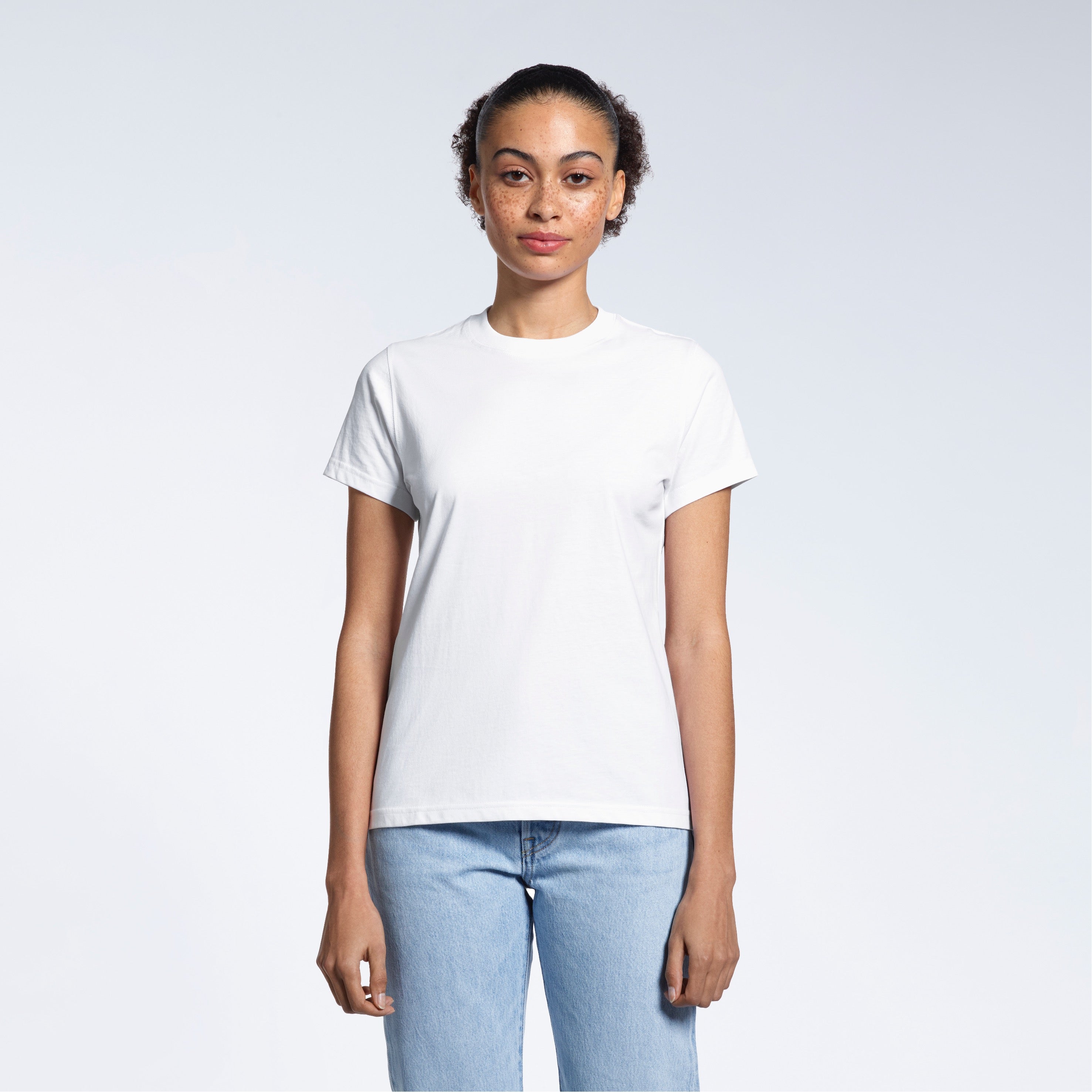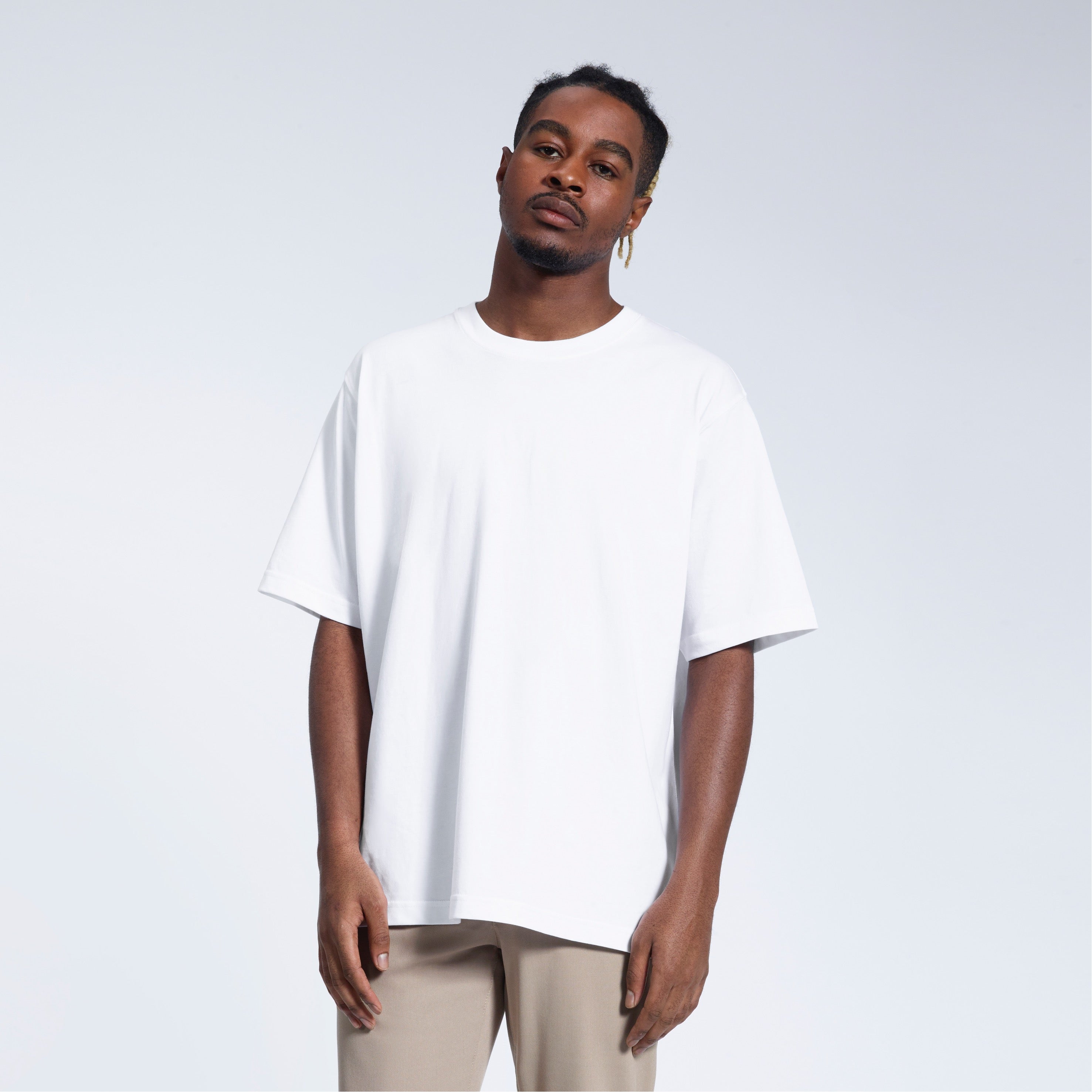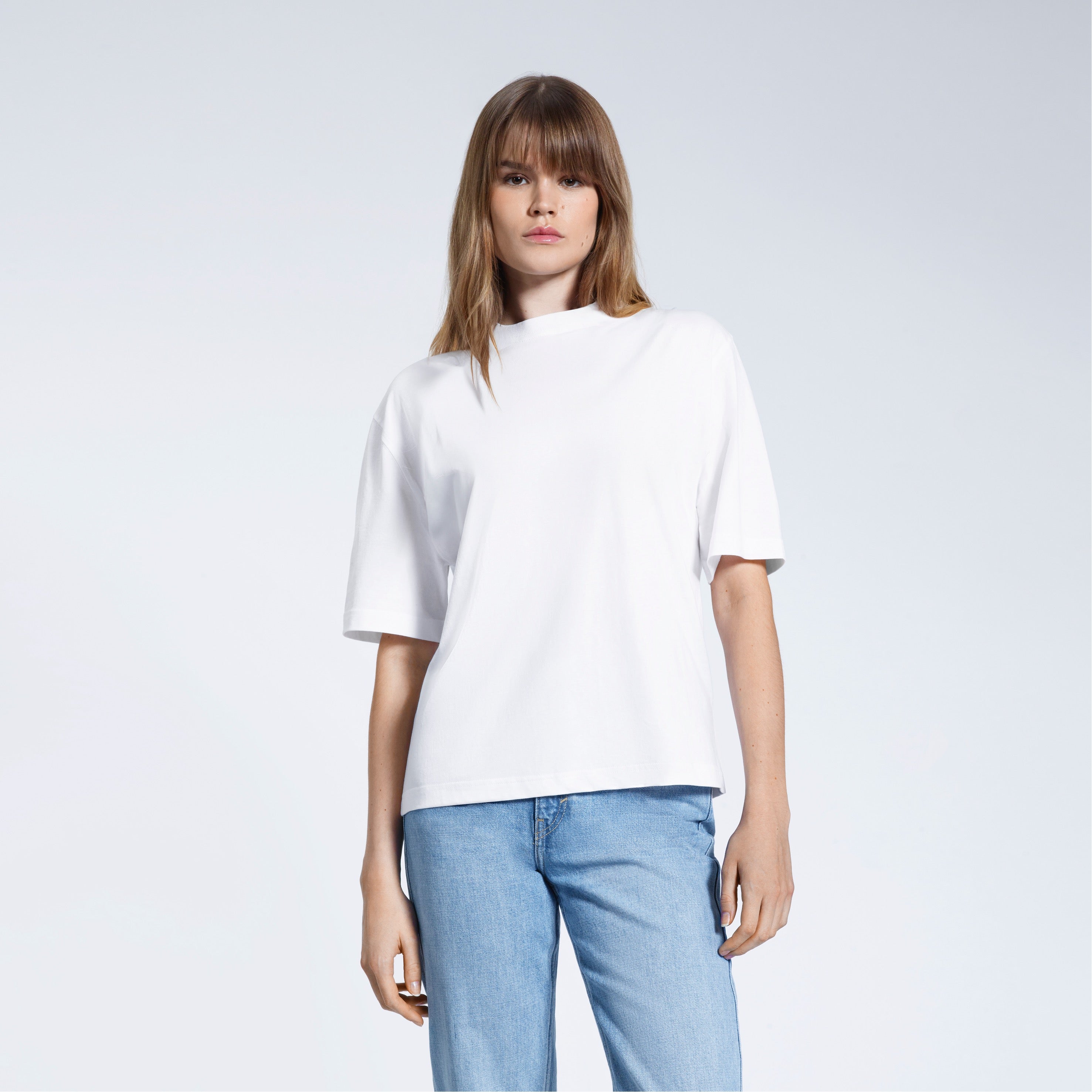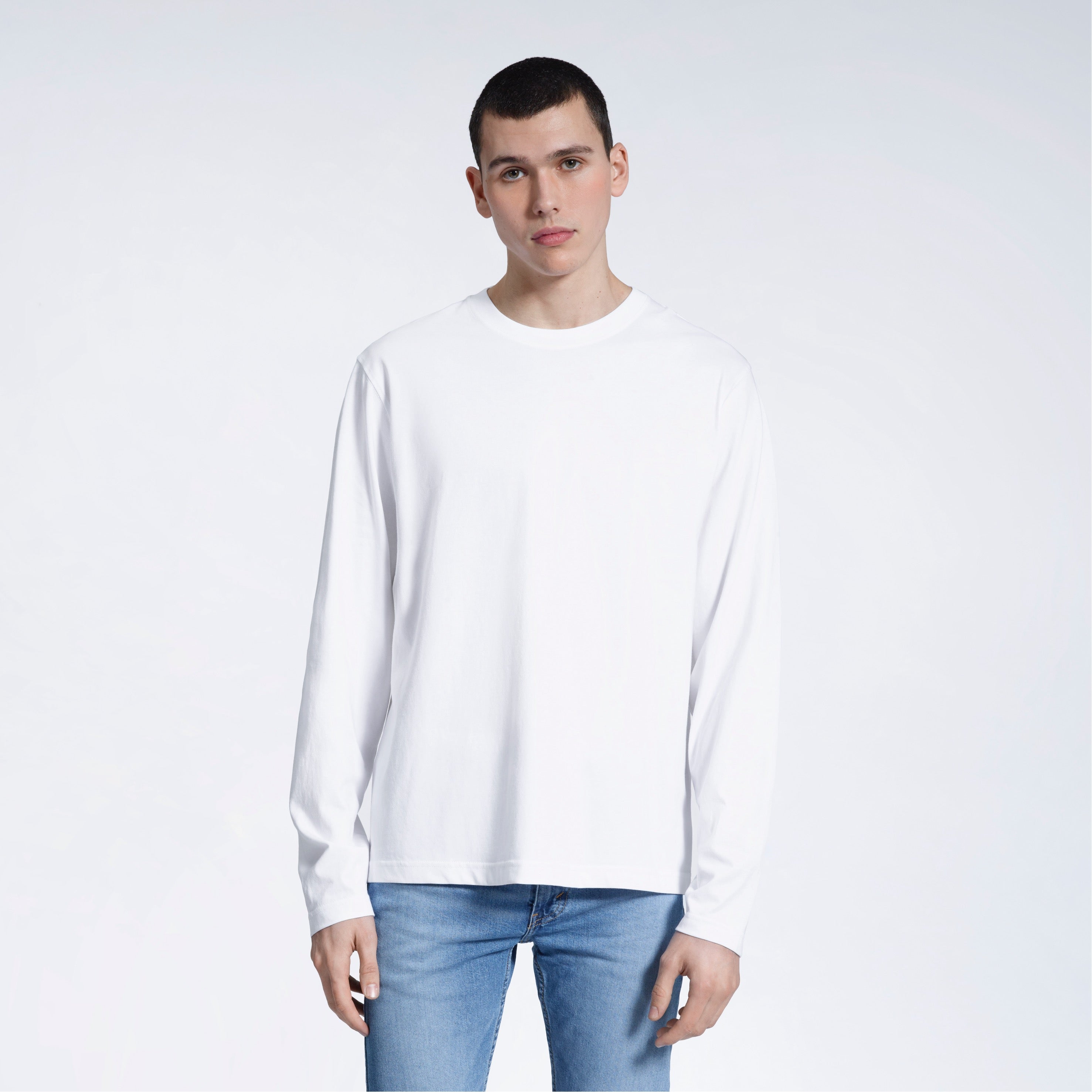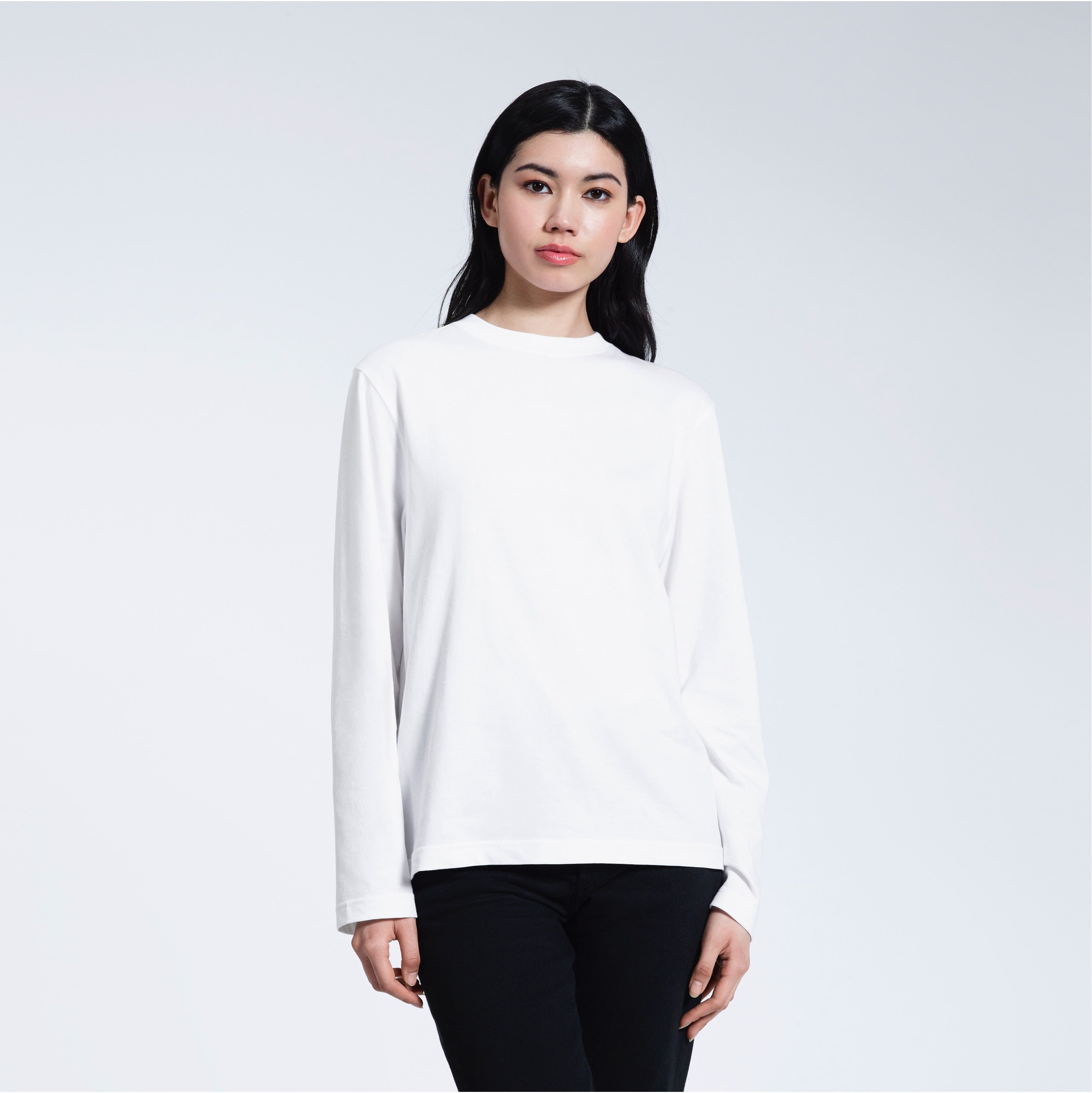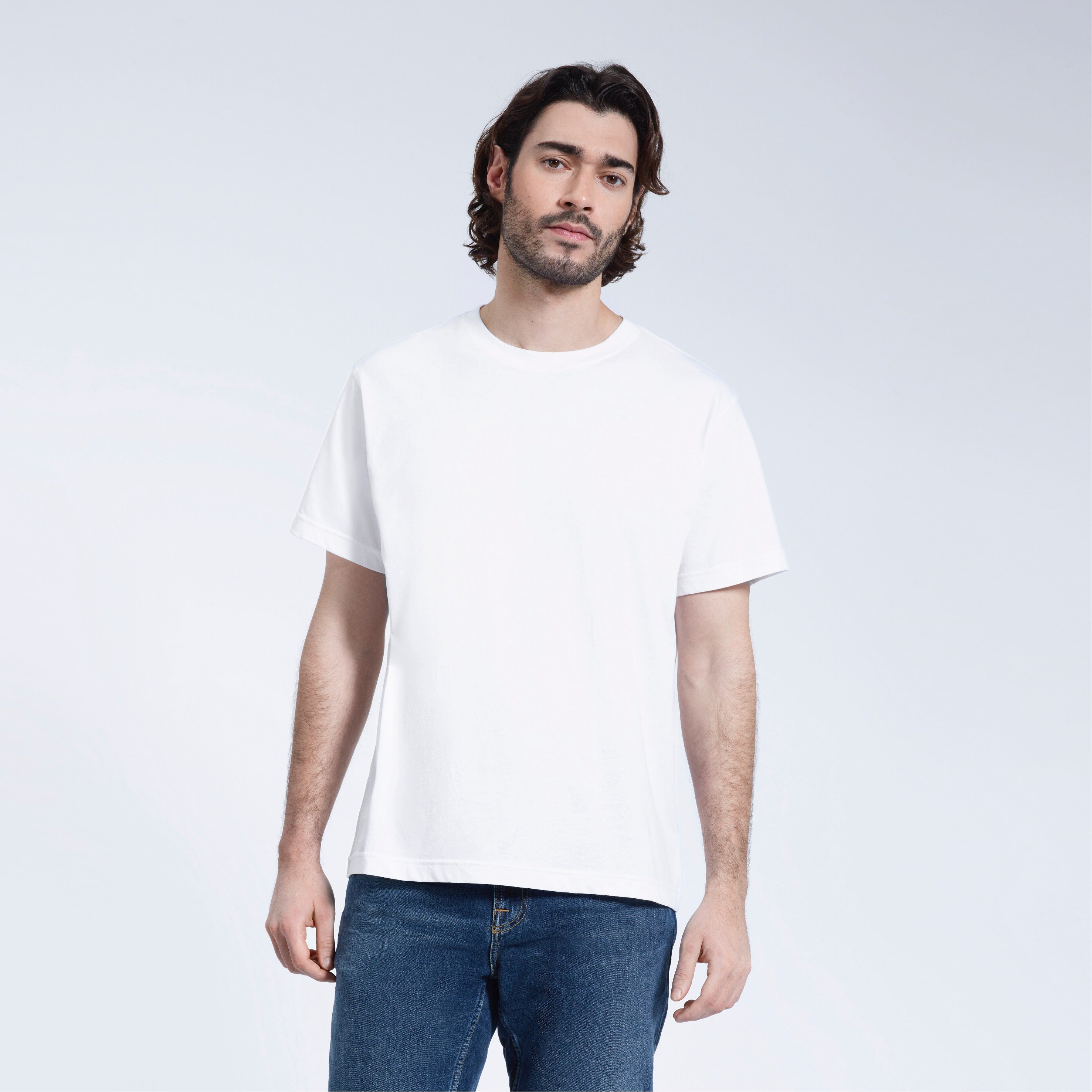
Most vs. Least Planet-Friendly Fabrics
Different types of materials can have quite varied effects on the environment. If you know which materials are good and which are harmful to the world we live in, you can make better decisions in line with your values and help make the fashion industry cleaner and fairer.
This article will explain why some materials are better for the environment than others, answer frequently asked questions regarding eco-friendly t-shirts, and outline which kinds of clothing are worse for the environment.
What fabrics are used to make t-shirts that are good for the environment?
Sustainable t-shirts are generally produced from materials that use less water, land, and energy to grow or make, break down naturally, and have a smaller carbon footprint over their whole life cycle. Here are some of the best materials for making t-shirts that are good for the environment:
-
Organic cotton is grown without using any synthetic pesticides or fertilisers. It doesn't need as much water or energy as regular cotton.
-
Recycled cotton is manufactured from cotton waste that consumers or corporations throw away. It reduces the need for new raw materials and also textile waste.
-
Hemp is a plant that grows quickly and doesn't need a lot of water or chemicals - it’s one of the best plants for the planet. Hemp fabric is durable, lasts a long time, and doesn't harm the soil; in fact, it helps it grow, and it doesn't need much help to do so.
-
TENCEL™ (Lyocell) is made from wood pulp that’s derived from trees. It has a closed-loop mechanism that allows for 99% of the water and solvents to be reused.
-
Bamboo (in its natural state) is a very eco-friendly material because it grows quickly and doesn't need a lot of resources when it's handled mechanically instead of chemically.
Making use of these materials is a step towards making fashion more eco-friendly by finding a balance between comfort, quality, and environmental responsibility.
Do t-shirts made of 100% cotton last longer?
How long a piece of clothing lasts depends on the quality of the cotton and how it was produced. If you take good care of your clothes, high-quality 100% cotton t-shirts can last for years. Cotton fibres are robust, breathable, and don't pill, which keeps clothes soft and helps them maintain their form over time.
But not all cotton is the same. Making regular cotton uses up a lot of resources and can negatively affect ecosystems. But organic cotton is just as soft and lasts just as long, plus it doesn't impact our planet. Organic cotton is good for you and the environment – it uses up to 91% less water than regular cotton and doesn't release as many greenhouse gases.
One great thing about natural fibres is that they break down in our soil and add to our ecosystems. In ideal conditions, it could take a 100% cotton t-shirt anywhere from one to five months to break down, depending on how wet and hot it is, as well as whether the clothes have been dyed or treated with chemicals.
On the other hand, polyester and other synthetic materials might take up to 200 years to break down. Even then, they don't really go away; they break down into little pieces that harm our planet by getting into our food and ecosystems. Your clothes can safely give back to the planet after they’ve finished their life cycle if you choose natural fibres.
What kind of fabrics are the worst for the environment?
Sadly, a lot of well-known, popular materials are bad for the environment. Natural fibres that use a lot of resources, along with synthetic fibres that don't break down, are usually the worst for the environment.
Here are some of the worst:
-
To grow cotton the regular way, you need a lot of water and bug spray. To grow enough cotton for one t-shirt, you might require as much as 2,700 litres of water. That's about how much water one person drinks in two and a half years.
-
Polyester doesn't break down. Synthetic fabrics like these release microplastics into waterways every time they’re laundered, and you can't completely filter them out. They usually end up in rivers and oceans, where fish and other animals, unfortunately, eat them.
-
People assume that man-made materials account for up to 35% of the microplastics that are polluting the ocean. Choosing natural fibres will help cut down on this kind of pollution that you can't see but is everywhere.
-
When produced using unsustainable methods, viscose is often made from wood pulp and dangerous chemicals that can pollute local water supplies and harm workers.
The lesson? Picking materials that are responsibly sourced or certified, like GOTS-certified organic cotton or TENCEL™, helps you leave a smaller fashion footprint.
Is polyester a type of plastic?
Yes, polyester is a type of plastic. It is made from polyethylene terephthalate (PET), the same material that forms plastic bottles. Polyester is made from oil, which means it is part of the supply chain for fossil fuels. This means that it makes carbon emissions worse and hurts the environment.
Recycled polyester (rPET) is a step in the right direction because it uses plastic waste that is already there. However, it is still not biodegradable and can still produce microplastics. That's why natural, biodegradable fabrics are still the best choice for garments you wear every day.
What Makes the Fashion Industry so Polluting?
Fast fashion makes the most polluting clothes because it uses cheap synthetic fabrics like polyester, nylon, and acrylic. These clothes then have an incredibly short lifespan; people typically throw them away after one wear, which leads to overflowing landfills, plastic waste, and carbon emissions.
Sustainable fashion, on the other hand, focuses on quality, durability, and morals. Using natural, biodegradable materials to make timeless clothes makes them last longer and has less of an effect on the environment.
Being mindful of the environment should be the norm, not the exception, in our opinion at Plainandsimple.
